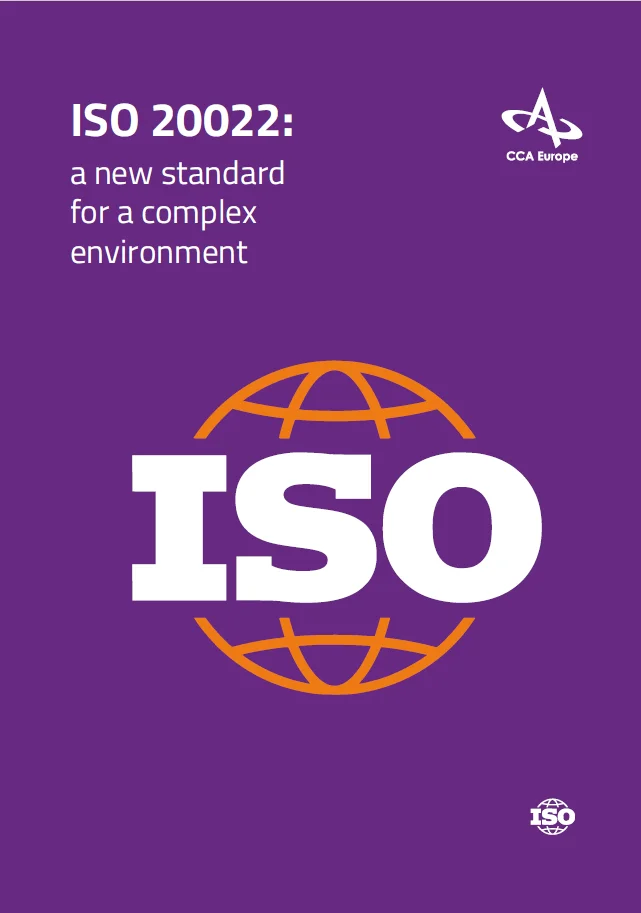ISO 20022 migration: how to avoid the testing cost spiral?

A new standard for the exchange of payment data, ISO 20022, came into force in March 2023. Now, bankers have until November 2025 to introduce the necessary changes to their IT systems. How to speed up the whole process, yet maintain the necessary quality?
ISO 20022 is a standard for a new payment messaging format, based on the XML structure, resulting in enriched data sets that enable end-to-end automation and greater interoperability. It allows easy data exchange in a flexible, yet structured standard. The first phase of its introduction ended in March 2023.
By creating a common language and payment data model, ISO 20022 significantly improves data quality across a number of financial market infrastructures. Its richer and more structured data will open up new payment system user opportunities while improving transaction compliance and efficiency. For more details, see our blog post: “MT/MX converter: parlez vous ISO 20022?”
ISO 20022 migration: how to approach testing?
According to Celent’s report “Race to ISO 20022,” banks can be categorized into several groups in terms of migration readiness and the degree of advancement of works. The first group are leaders who had done more than the bare minimum by March 2023. The second group had prepared for processing the new messages on time, but only at the minimum level. For details, see our ebook „ISO 20022: a new standard in a complex environment”.
However, introducing the new standard requires serious remodeling of the banking IT infrastructure. Due to the sheer volume of changes that banks are going through with ISO 20022 migration, effective, efficient and fast testing of end-to-end payment processing will be crucial. And since banking system errors have painful consequences for banks, not only in terms of image but also legal, the bar of reliability of banking IT solutions is extremely high. So how should banks and other market participants plan ISO 20022 migration tests?
When determining their ISO 20022 migration testing strategy, banks should first consider the impressive scope of changes. This is because in banking, testing is not defined by the application, but by the process, which can run through dozens or even hundreds of different applications. It includes different customer channels, the payment engine, numerous filtering and transaction monitoring systems, and of course, the core system. Thus, the number of scenarios to be validated to avoid negative impacts on customers and operations is broader than in any regulatory project of the last decade, including SEPA.
ISO 20022: accelerate testing without losing quality
Financial institutions around the world are grappling with tight deadlines to launch the required IT architecture changes before November 2025. They have limited resources, yet are required to ensure absolute reliability of the implemented solutions. To confirm that the designed business scenario works in production, banks must create multiple variants. Unfortunately, today’s standard test automation frameworks can’t quickly test a massive number of changes within a short time without spiralling the test costs.
Meeting the challenges of ISO 20022 migration requires solutions that can process and analyze more data efficiently and accurately. How to maintain comprehensive testing frameworks and not lose on their performance? What variants to create to cover all business scenarios? Migrating to ISO 20022 will not so much require an army of testers but a team of analysts with in-depth domain knowledge, as explained by my colleagues in the article “Banking application tests: know-how is king”.
By applying the right strategy of testing changes related to ISO 20022, banks can dramatically accelerate the test cycles, while increasing the dependability of the implemented solutions, to cope with the coming wave of changes.
An ISO 20022 message converter that goes the extra mile?
One way to dramatically improve the overall process of ISO 20022 migration in the coexistence period and to buy some time for the implementation works is to use an MT/MX payments messaging converter. But why not opt for a solution that provides long-term benefits, to create added value for your bank?

Our independent Java-based application, Payres, enables parallel conversion of MT and MX messages for SWIFT, SORBNET2, and TARGET2, simplifying the complexity of managing the payments system. It’s a solution designed for banks and financial institutions that need to quickly implement a seamless conversion of cross-border payments in accordance with XML ISO 20022, especially across the SWIFT network.
Our application not only “translates” messages, but enables automated use of data in the bank’s transaction life cycle. It allows automated handling of cross-border payments, operations, and orders, eliminating the need to burden the core systems with new additions. Our MT/MX message converter does not strain the performance or flexibility of legacy systems. It can easily be integrated with the most popular banking application servers and relational database management systems and does not require a complex implementation process.
Payres can be used for advanced reporting purposes or to execute business rules in external systems. This allows information that was previously only processed two-dimensionally to start working on multiple levels, promoting interoperability on an international scale, as a comprehensive data-driven solution for banks and financial institutions.

Learn more about Payres as an ISO 20022 SWIFT MT/MX converter
from this free e-book:

